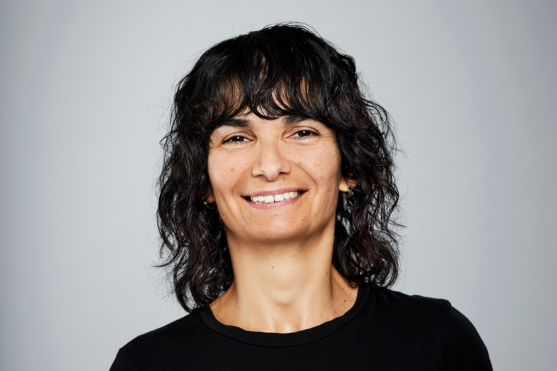
The Public Interest Advocacy Centre has developed a Global Impact Framework to help measure and communicate the tangible outcomes of advocacy. By sharing the framework, they hope to contribute to the conversation between advocacy bodies and funders about reporting on long-term social change. PIAC’s Impact Manager Rivkah Nissim, answers questions on how funders and NFPs can come together more to address the challenges of measuring impact of advocacy.
- What does the Public Interest Advocacy Centre do? What’s been changing in the advocacy and impact landscape?
PIAC has a broad social justice remit: we work with people and communities who are marginalised and facing disadvantage to change laws and practices that cause injustice and inequality. This involves test cases, policy development and public and political advocacy, working in partnership with clients, communities and civil society.
Systemic change can be incremental and unpredictable. Much of our work requires sustained effort over many years in coalition with others – think of issues like raising the age of criminal responsibility or removing discriminatory barriers faced by people with a disability when trying to travel by air. The path to success is often winding.
Finding meaningful measures of progress and impact (and not just re-branding outputs) is hard. But increasingly, funders are moving beyond just trying to understand this, and are keen to work with us to get it right.
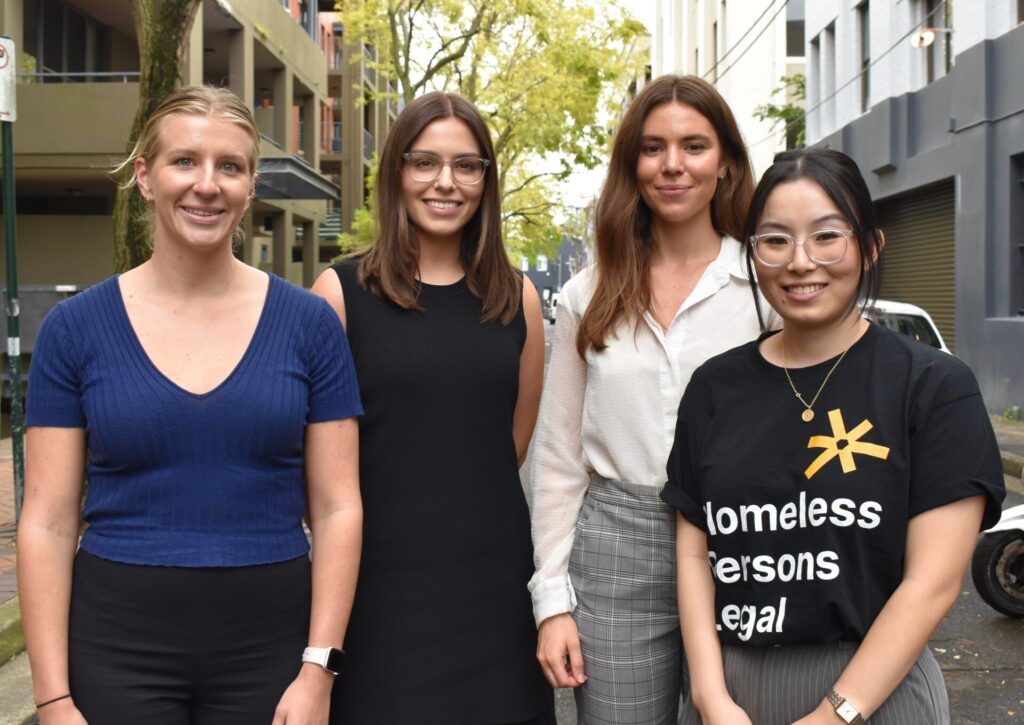
- You started with PIAC in early 2022 as its first ever Impact Manager and have now produced its Global Impact Framework. What is it and what is it designed to do?
PIAC employs different strategies for different issues, often simultaneously. This presented me with an interesting challenge: how to develop an impact measurement approach that is ‘fit for purpose’ for legal service provision, litigation, advocacy, partnerships and public engagement. An approach that covers not just what we do, but how well we do it and what difference we make.
Our global impact framework is designed to help us measure impact across the organisation as a whole and give us a consistent way of developing frameworks for individual projects. It provides a ‘line of sight’ across all our work, a common language for project-specific outcomes and indicators, and enables capacity for data collection, review and high-level reporting against our 2021-24 Strategy. And because impact is as much about forward thinking as retrospective measurement, we have integrated the impact framework into our project planning processes.
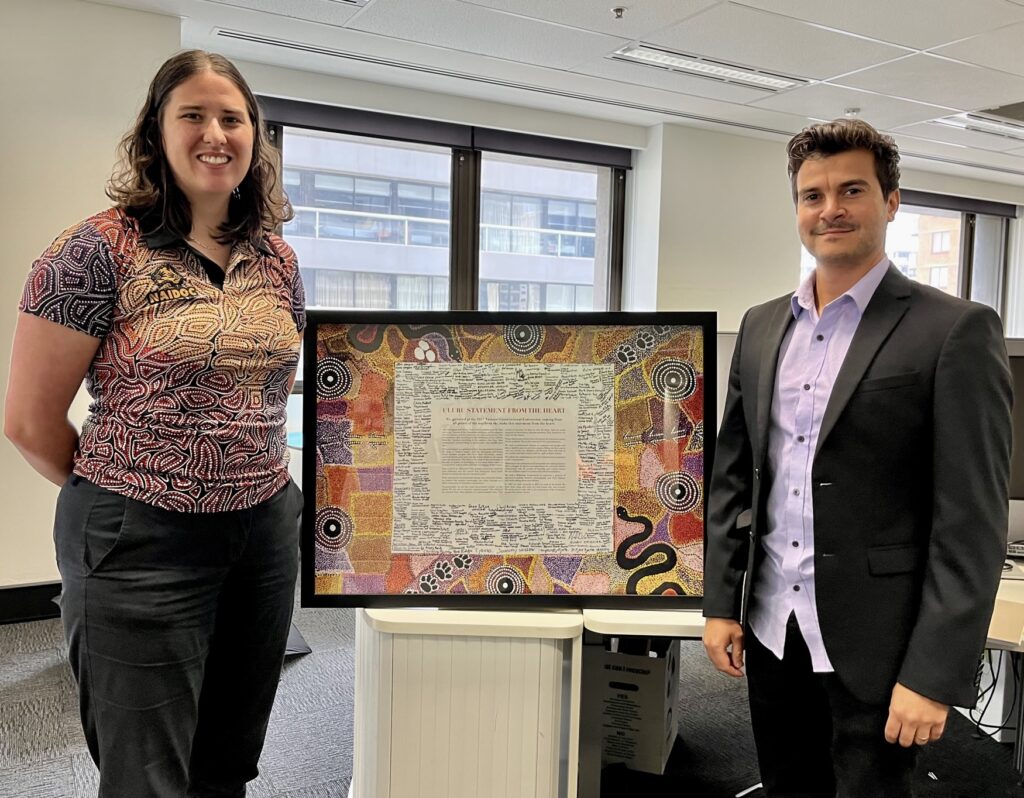
- Has there been an increase in support for advocacy and social justice systems change in philanthropy? Historically, what have been the barriers to funders backing long-term social and environmental justice projects aimed at law and government policy reforms?
Historically, there has been something of a divide between funders and NFPs. Our interactions have tended to be more transactional than relational, which hasn’t served to support growth in shared learning. We’re all most comfortable with what we know and understand, and it’s fair to say that advocacy has generally not been well understood by funders. For many funders, it’s a politicised term that warrants suspicion – there are still those that ‘don’t fund advocacy’.
But I think we are seeing a shift in the willingness of funders to support advocacy for systemic change. There is potential to build on this by creating more opportunities for dialogue – for those who fund advocacy to explain to their peers why they do so, and for NFPs to describe our work to funders in ways that engage and demystify what we do.
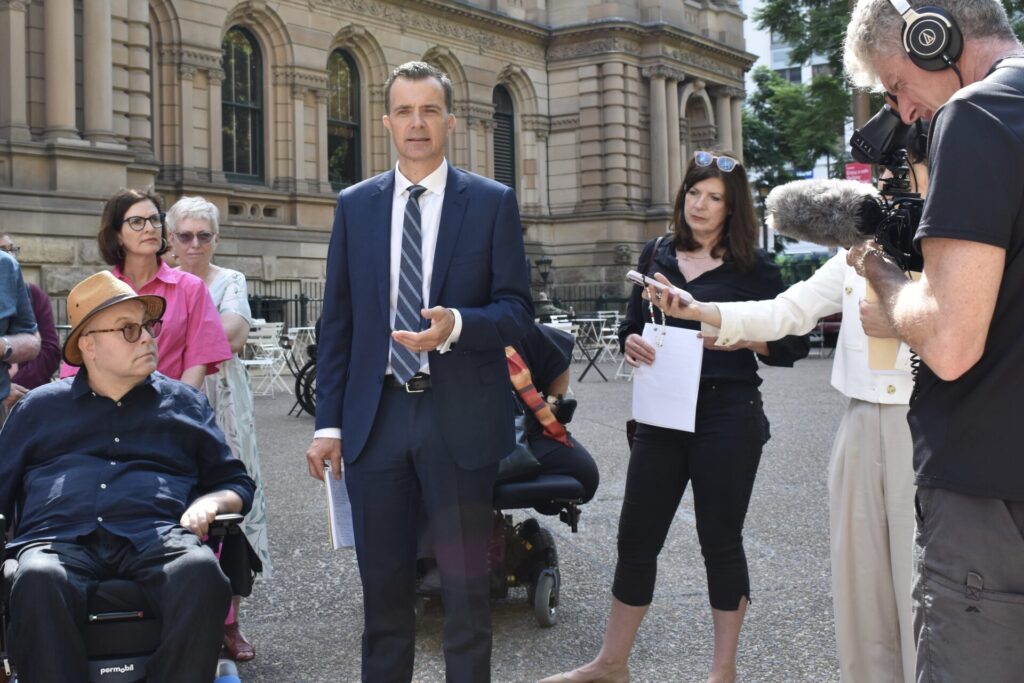
- What are the key challenges around measuring impact in advocacy? How can an NFP single out its contribution to social change among other players?
The Center for Evaluation Innovation says that ‘advocacy occurs in dynamic political contexts, where advocates partner or work in parallel with others to advance a policy agenda and counter opposition’. This captures two of the key challenges in measuring the impact of advocacy: the context in which it happens and the fact there are almost always numerous and diverse players involved. A third challenge is that it can take a long time to achieve the change we are working towards – and the reality is that sometimes we do everything right, but still don’t get a ‘win’.
For me, measuring the impact of advocacy has a lot to do with recognising the incremental wins, those times we have ‘shifted the needle’, and gathering the data to evidence our role in the change. I’m strongly informed in this by contribution analysis, an impact measurement approach that is well suited to assessing the influence of advocacy on legal and policy outcomes.
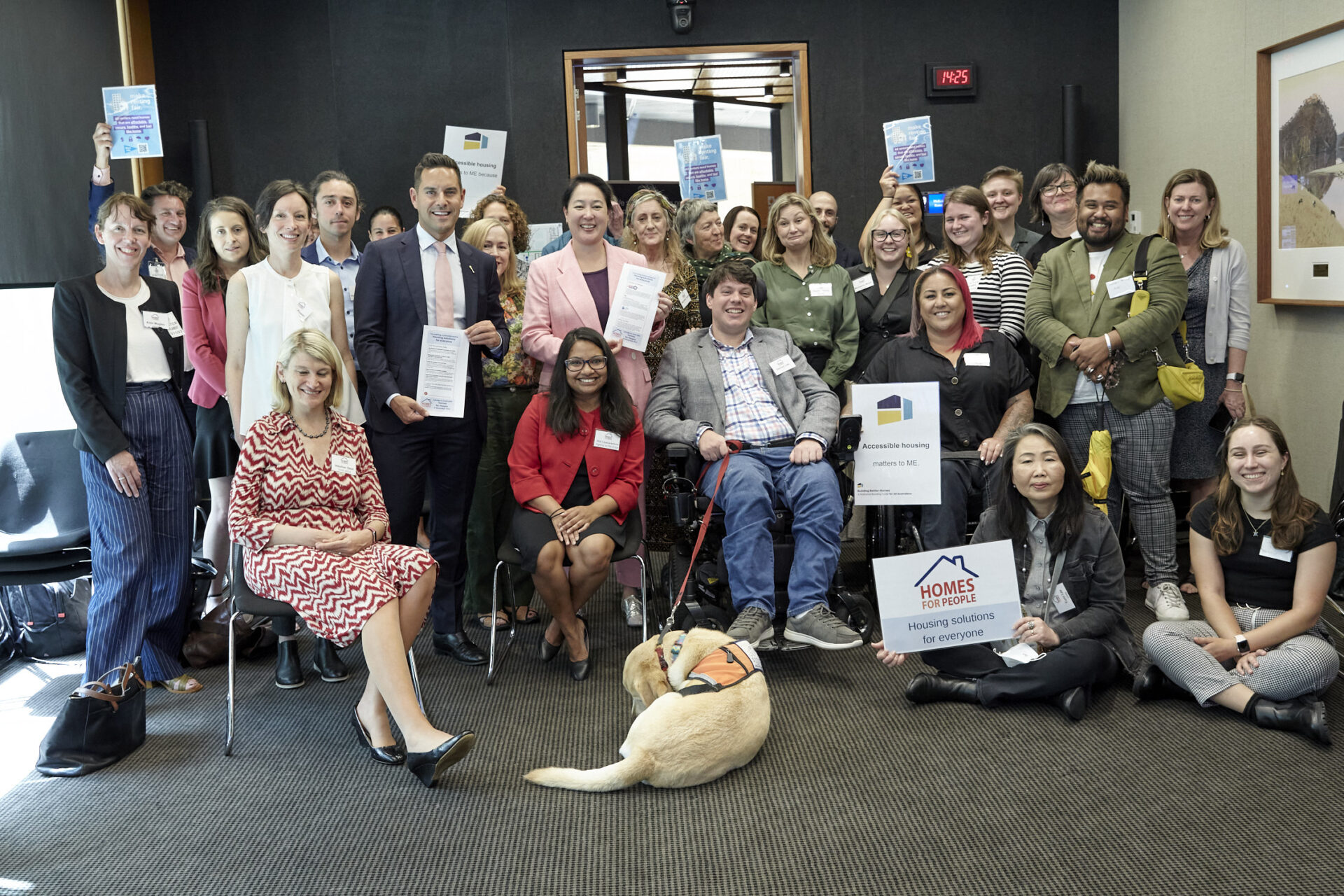
- What’s the relationship between funders supporting immediate social needs versus long-term advocacy for systems change that would reduce those needs? Is this a connection that funders make and are willing to explore?
This is a connection some funders make. But few actually fund advocacy for systemic change, and most of those only do so when it’s attached to the provision of services that directly benefit those affected by the issue. It’s understandable that funders want to see a clear connection to outcomes for disadvantaged communities. However, if we don’t challenge the laws, policies and practices that cause or contribute to disadvantage, we can’t effectively tackle disadvantage.
There are encouraging signs. PIAC has recently received multi-year philanthropic funding for advocacy projects aimed at making the NDIS fairer, raising the age of criminal responsibility, and supporting a just and fair transition to a zero-carbon energy system. We really welcome the courage of funders willing to support this kind of work, and we’re working hard to ensure we give funders the data they need to be confident we are delivering impact.
- How can other NFPs and funders use or adapt the framework?
We hope that sharing our framework adds to the body of knowledge around measuring the impact of social change work. There are many ways of doing this and our way won’t necessarily work for others. But NFPs and funders may find it helpful as a framework that provides for both quantitative and qualitative measurement of the impact of advocacy and, importantly, enables assessment of contribution to change. This was front-of-mind in developing the framework.
Given that systemic change is a long game – involving many players – being able to identify where we have influence or otherwise make a tangible contribution towards a legal or policy outcome is key to knowing if we’re being effective. And we don’t see this as the end of the process. We will continue to iterate our impact measurement approach, and look forward to continuing the conversation with other NFPs and funders.
- What’s the conversation now that you’d like to see develop between advocacy bodies and funders?
I would really like to see thoughtful conversations about what meaningful impact measurement looks like in an advocacy and social justice context. In our experience, funders are often most comfortable with quantitative measurement, which is understandable. There is a certainty about counting what can be counted, particularly for those who have historically funded programs that address immediate social needs like housing and education. But quantitative approaches aren’t always useful for social change work, where impact is sometimes better assessed qualitatively.
I believe there is no one right way to measure impact. The key question should be, is it fit for purpose? So I would like to see more funders willing to engage with NFPs around how best to measure the impact of their advocacy work – and to be prepared for it to look different to what they’re used to seeing. And as NFPs, the better we are at articulating the impact we aim to achieve, the more we can bring to this conversation.
PIAC has made its Global Impact Framework available online.